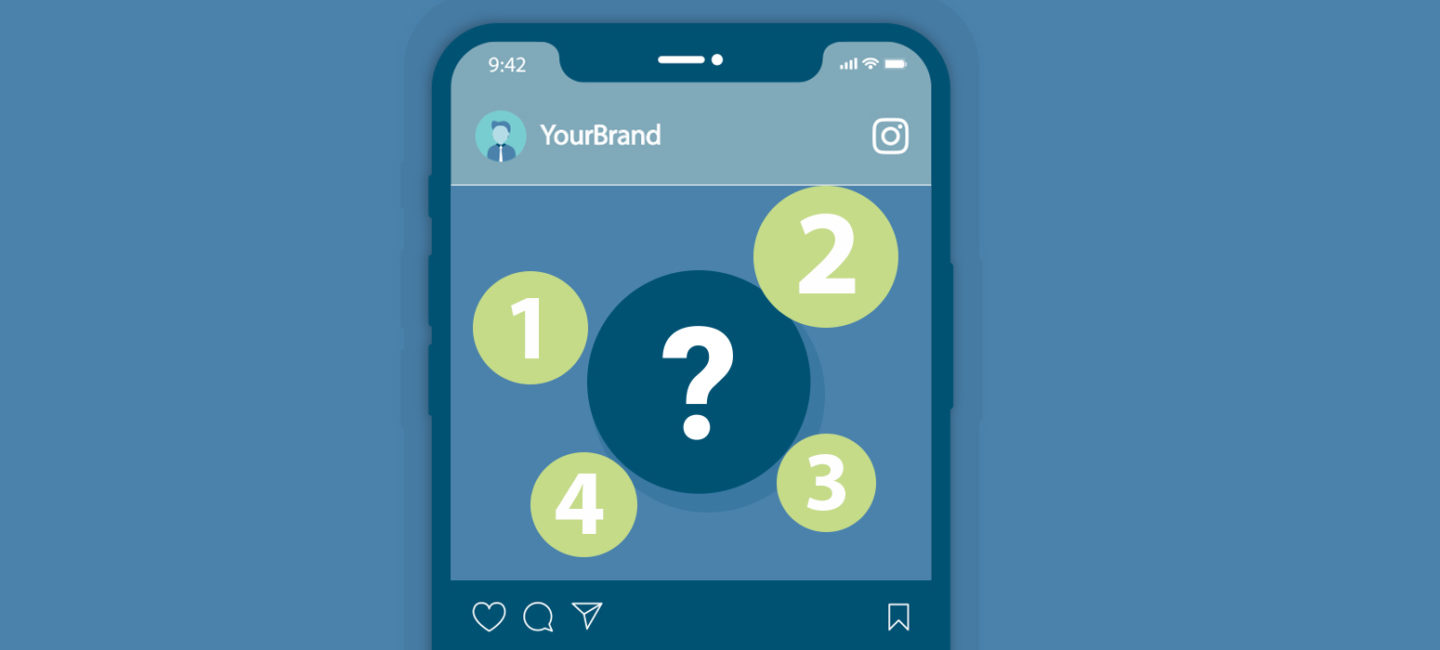Four Things to Consider Before Putting Your B2B Brand on Instagram
Scroll to the bottom of many B2B company webpages and you will see a list of different social media channels, ranging from the obvious, LinkedIn and Twitter, through to choices which induce a fair amount of head-scratching, namely Pinterest, Instagram and WhatsApp.
With social media we take a quality over quantity view – i.e. do a few channels well rather than a lot of channels indifferently. In fact, we spend as much time taking clients off various social media channels as we do putting them on them.
For many B2B companies it makes more sense to focus on the brand pages already in existence (providing they are having an impact) rather than trying out new ones. All too often we come across company social pages that have been set up with good intentions, and abandoned once it became apparent they weren’t sustainable. Having an abandoned channel is often worse than having no channel at all, as it suggests the brand is – rightly or wrongly – lazy, defeatist and unprofessional.
So, if you are under pressure to put your company on Instagram what questions should you be asking?
1. User Numbers
A simple enough question, but one that isn’t asked enough. Often someone in the business is themselves an avid user and therefore thinks that their often highly-technical product should have a profile too. Or someone hears that Instagram is approaching one billion users and, in a panic, asks the marketing team why they’re not using it. Either scenario does not offer sound rationales upon which to base your social media strategy.
Decisions to move onto social media platforms need to be accompanied by a thought-through process which analyses various different pros and cons, including audience, cost and resource.
2. No Really – Do You Belong There?
One way to assess whether you belong is to simply analyse your audience preferences – in other words where do they spend their time online? We might suggest Twitter for heating and hot water installers because they have a more ‘on-the-go’ job, whereas contractors, who are more desk-bound, very often prefer LinkedIn. Often, Instagram is not where your typical operations director dwells, but it may be the perfect place for an architect for whom aesthetics and visuals are more important.
In short, it’s about putting yourself in the mindset of your customer.
3. Do You Have the Images?
And no, I’m not talking about the odd catalogue cut-out or internal bake sale, I’m talking high-resolution, high-quality and high-impact pictures that sell your brand. And lots of them. If audience compatibility is the number one reason not to exist on Instagram, a lack of compelling artwork comes a close second. Instagram is first and foremost an aesthetics-led platform that lives and breathes beautiful visuals. For the most part, B2B brands don’t lend themselves to the look and feel required to align with this ethos, and end up sending out content that simply doesn’t belong there, or worse, is copy and pasted from Twitter.
There are of course exceptions, but in order to populate a page with quality content year-round, a sizeable content creation budget is required. Given the growing importance of video – whether that’s a case study, a moving infographic or a gif – to achieve standout on any social feed, these costs will only increase.
4. Do You Have the Ad Budget?
Now this is a big one. If you can’t commit to a regular ad budget for Instagram, you’re pooling a whole lot of time and resources for minimum return. The social landscape has entered a ‘pay-to-play’ era which sees us working with an ever-changing algorithm that deprioritises brand content.
With this in mind, organic content is becoming less and less valuable, and even a small amount of ad spend can make a huge difference to the success of a post. If you don’t have monthly business-as-usual ad spend to invest in Instagram, it probably isn’t for you.
B2B brands doing Instagram well include Siemens and General Electric, which use a combination of powerful video and imagery to bring their products to life. The CBRE Instagram page, which uses urban landscape photographs taken by their team around the world, is also worth a look.
Your customer’s brain will automatically correlate your social media pages – your shop window to the world – with the quality of your company, so if you’re going to set up an Instagram channel, be sure to take stock of the points above before taking the plunge.
If you have any further thoughts around Instagram, or want to discuss if it might work for your brand, feel free to connect on LinkedIn.
The author: Alex Mansell is Social Media Account Director at WPR Agency, specialising in using LinkedIn, Twitter and Facebook for B2B brands.
